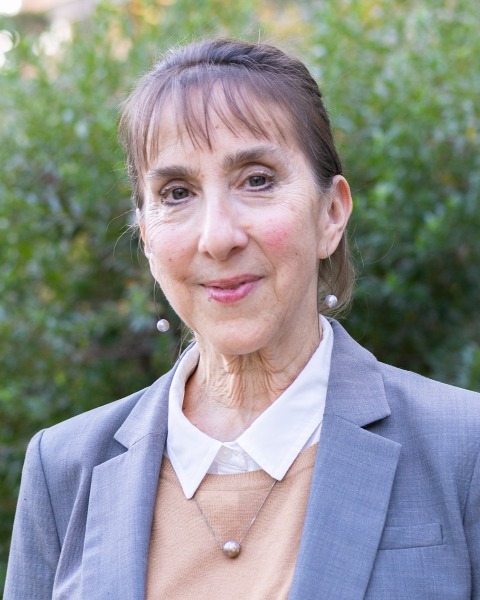Labor
Poster Session 3
(757) Maternal, Neonatal and Delivery Outcomes Following a SARS-CoV-2 Moratorium on Elective Deliveries
- JC
Jayne Caron, MD
Medical Student
Cedars-Sinai Health System
Los Angeles, CA, United States 
Gabriela Dellapiana, MD
Cedars-Sinai Medical Center
Los Angeles, CA, United States
Naomi Greene, PhD (she/her/hers)
Research Scientist I
Cedars-Sinai Medical Center
Los Angeles, CA, United States
John A. Ozimek, DO (he/him/his)
Assistant Professor
Cedars-Sinai Medical Center
Los Angeles, CA, United States
Primary & Presenting Author(s)
Coauthor(s)
Study Design: Retrospective cohort study of patients with singleton full-term deliveries: (1) three months prior to implementation of the moratorium, (2) the month of the moratorium, and (3) three months following the moratorium. The primary outcome was the rate of nulliparous term singleton vertex (NTSV) CD. Secondary outcomes included select maternal and neonatal outcomes. Outcomes were compared between the three time periods using Chi-square, Kruskal-Wallis, and one-way ANOVA tests as appropriate.
Results:
During the study period, 3248 patients meeting inclusion criteria delivered. There were no differences in maternal age, body mass index, race, insurance status, nulliparity, or overall induction of labor across the time periods.
NTSV CD rates did not differ across the three time periods (Table 1). There were also no differences in rates of operative vaginal deliveries, trial of labor after CD, vaginal birth after CD, or overall CD rates. Maternal outcomes were similar with no differences in chorioamnionitis, hypertensive disorders of pregnancy, or higher order perineal lacerations. Lastly, there were no differences in neonatal outcomes including 5-minute Apgar < 7, neonatal intensive care unit admission, shoulder dystocia, or Unexpected Term Newborn Complications.
Conclusion: Previous studies have evaluated the impact of modifications to labor and delivery practices in response to SARS-CoV-2 and the impact of lockdown measures on preterm birth and CD rates; however, this is the first study to our knowledge to specifically look at the impact of cancellations of elective IOL or CD. These findings are relevant in the context of potential future surges. It is reassuring that in this analysis there were no significant impacts on maternal, neonatal or delivery outcomes during the moratorium.

